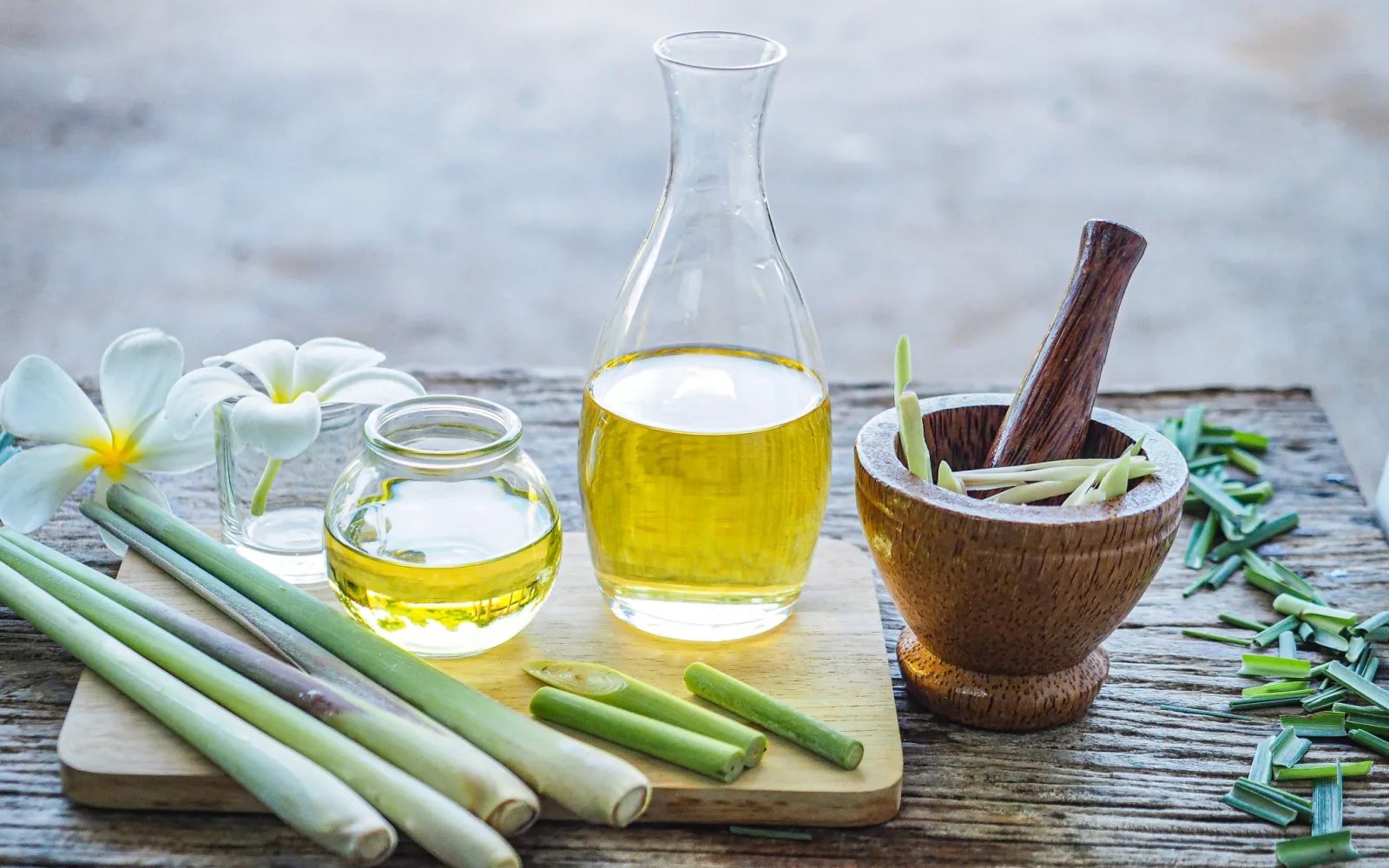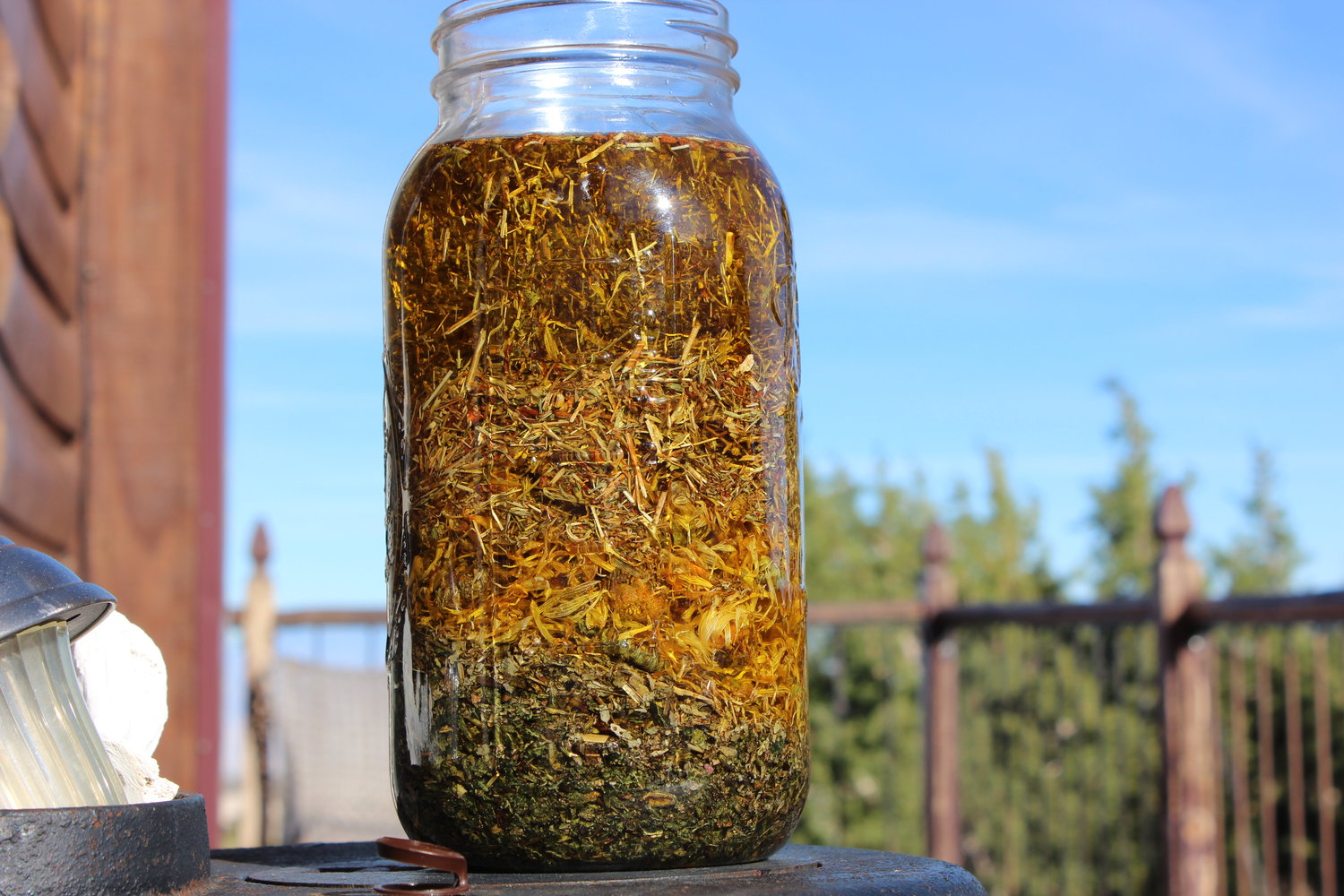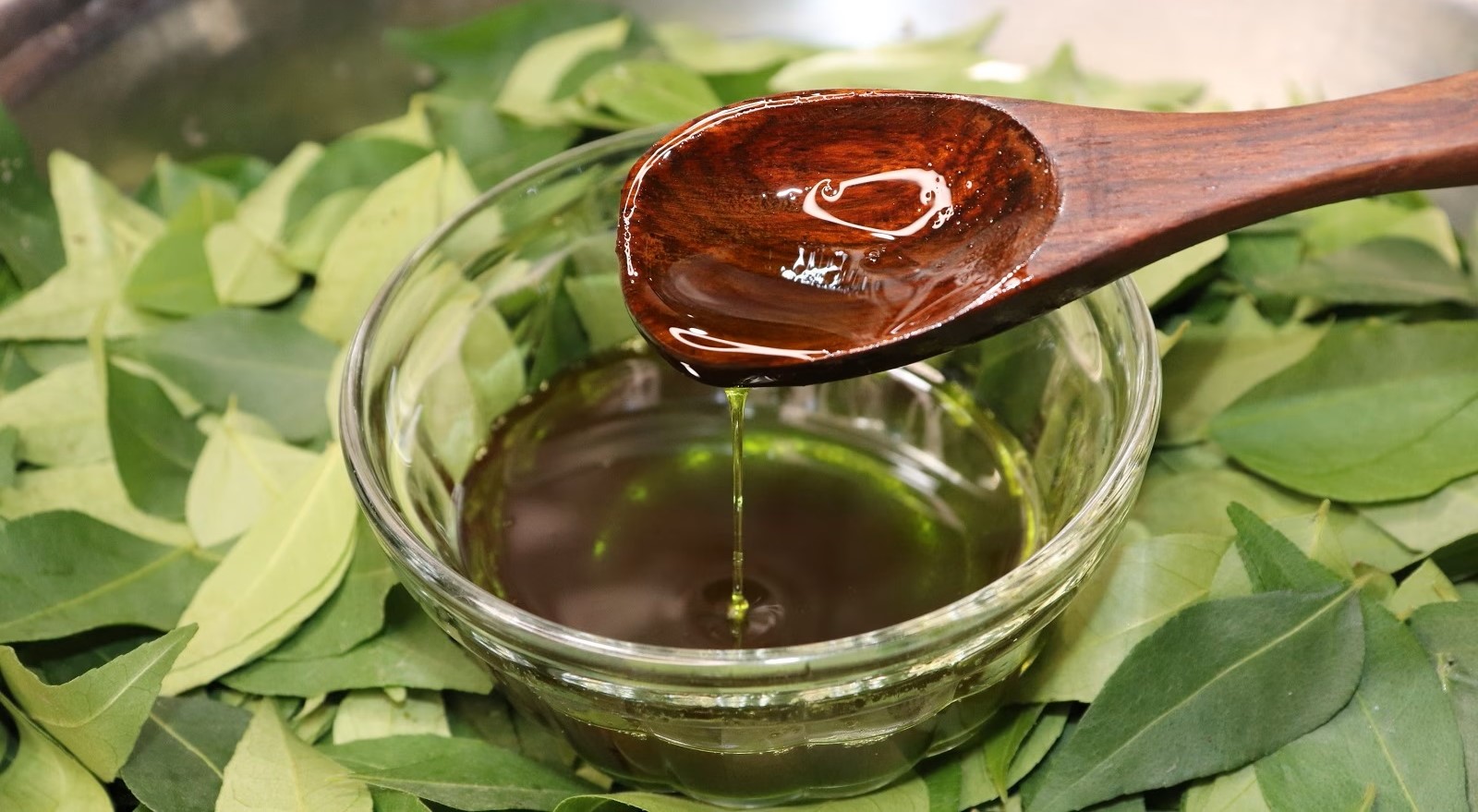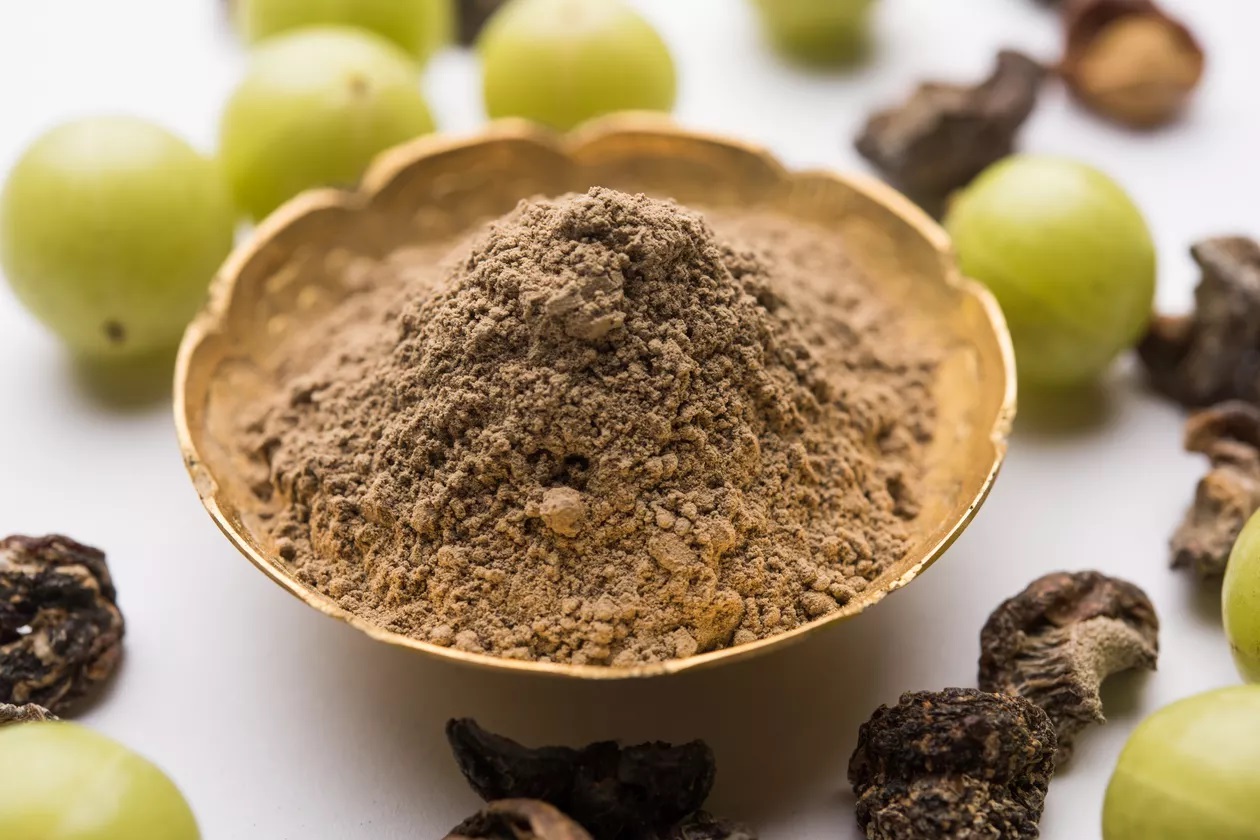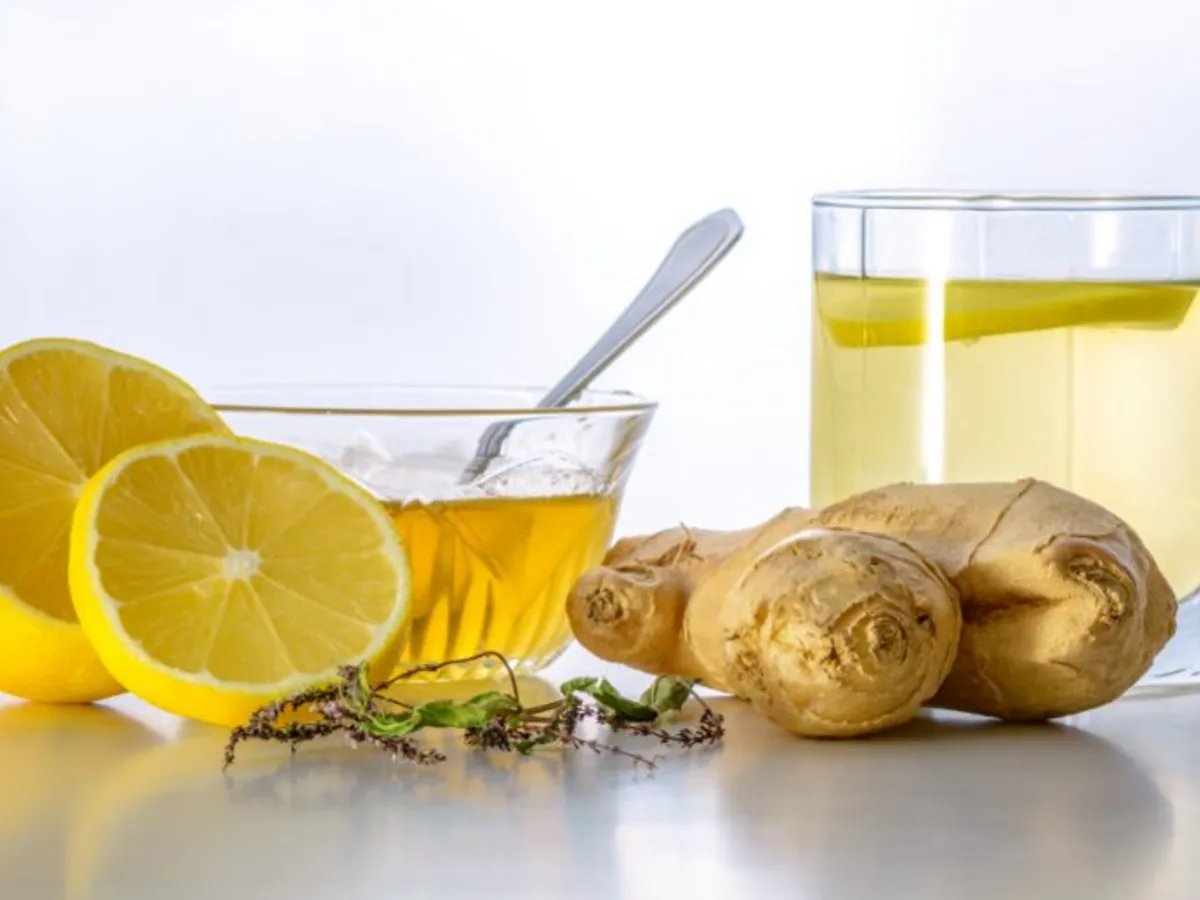Easy Steps to Coddle an Egg in the Microwave
Are you looking for a quick and easy way to coddle an egg? Look no further! Coddling an egg in the microwave is a simple and convenient method that yields delicious results. Whether you want to enjoy a creamy coddled egg for breakfast or incorporate it into a recipe, this technique is perfect for busy individuals who crave a nutritious and satisfying meal.
What You’ll Need
Before you get started, gather the following items:
- 1 egg
- 1 microwave-safe ramekin or small bowl
- Water
- Salt and pepper (optional)
Step 1: Prepare the Ramekin
Start by greasing the inside of the microwave-safe ramekin or small bowl with a thin layer of cooking oil or non-stick spray. This will prevent the egg from sticking to the container during the coddling process.
Step 2: Crack the Egg
Next, carefully crack the egg into the prepared ramekin. Be gentle to avoid breaking the yolk, as the goal is to coddle the egg whole.
Step 3: Add Water
After cracking the egg, pour a tablespoon of water over it. The water will create steam in the ramekin, gently coddling the egg as it cooks in the microwave.
Step 4: Season (Optional)
If desired, season the egg with a pinch of salt and pepper to enhance its flavor. Feel free to experiment with different seasonings to suit your taste preferences.
Step 5: Microwave Coddling
Place the ramekin in the microwave and cover it with a microwave-safe plate or lid. This will help contain the steam and prevent splattering. Microwave the egg on high for 45-60 seconds, depending on your desired level of doneness. Keep an eye on it to avoid overcooking.
Step 6: Check for Doneness
Once the microwave time is up, carefully remove the ramekin from the microwave using oven mitts or a kitchen towel, as it will be hot. Gently jiggle the ramekin to assess the coddled egg’s doneness. The white should be set, while the yolk remains soft and runny.
Step 7: Enjoy!
Now that your coddled egg is ready, it’s time to savor the delicious outcome. You can enjoy it as is, with a slice of toast for dipping, or incorporate it into your favorite recipes. Coddled eggs are a versatile ingredient that can elevate various dishes with their creamy texture and rich flavor.
Tips and Tricks
Here are some additional tips to enhance your coddling experience:
- Experiment with coddling times to achieve your preferred egg consistency.
- Consider adding a sprinkle of grated cheese or fresh herbs to your coddled egg for extra flavor.
- Pair your coddled egg with steamed vegetables for a wholesome and balanced meal.
- Use caution when handling hot dishes and utensils to prevent burns or injuries.
With these simple steps, you can easily coddle an egg in the microwave and elevate your culinary repertoire. Whether you’re a busy professional, a college student, or simply someone who appreciates a fuss-free cooking method, microwave coddling is a game-changer in the kitchen. Try it out and indulge in the creamy, indulgent goodness of a perfectly coddled egg!

